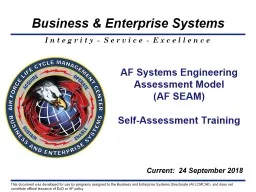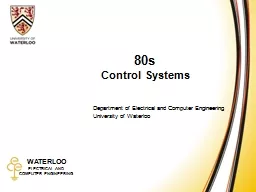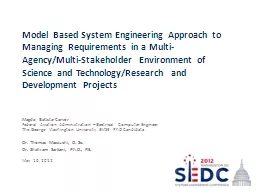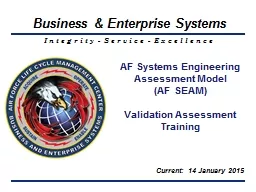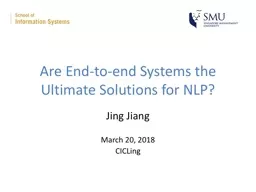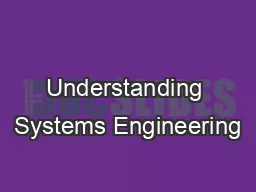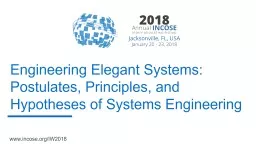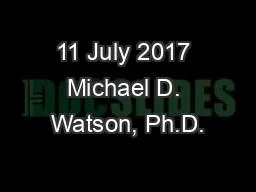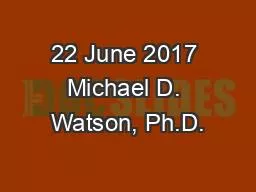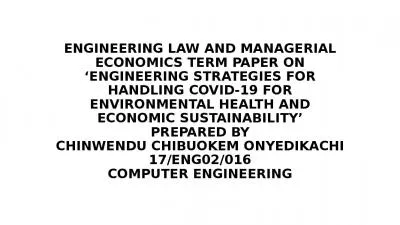PPT-AF Systems Engineering Assessment Model
Author : stefany-barnette | Published Date : 2019-11-22
AF Systems Engineering Assessment Model AF SEAM SelfAssessment Training Current 24 September 2018 This document was developed for use by programs assigned to the
Presentation Embed Code
Download Presentation
Download Presentation The PPT/PDF document "AF Systems Engineering Assessment Model" is the property of its rightful owner. Permission is granted to download and print the materials on this website for personal, non-commercial use only, and to display it on your personal computer provided you do not modify the materials and that you retain all copyright notices contained in the materials. By downloading content from our website, you accept the terms of this agreement.
AF Systems Engineering Assessment Model: Transcript
Download Rules Of Document
"AF Systems Engineering Assessment Model"The content belongs to its owner. You may download and print it for personal use, without modification, and keep all copyright notices. By downloading, you agree to these terms.
Related Documents

